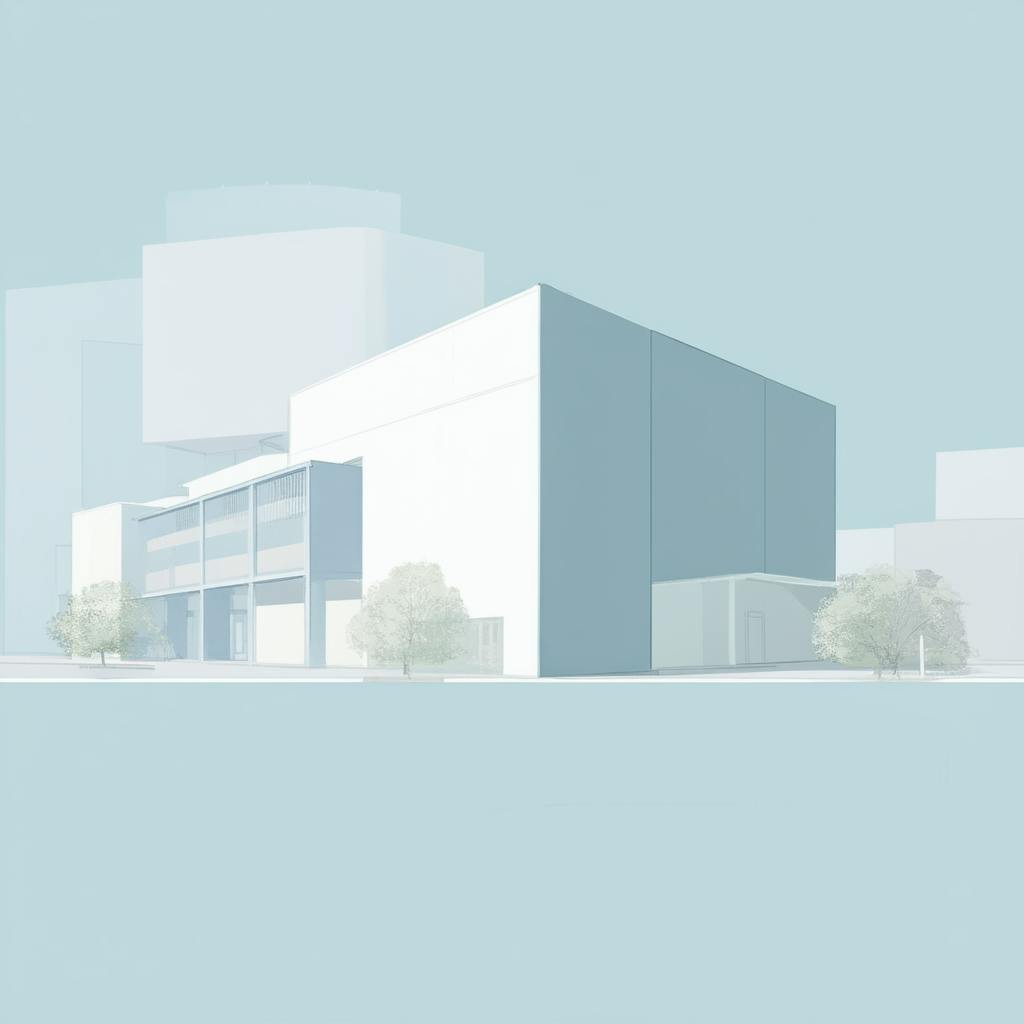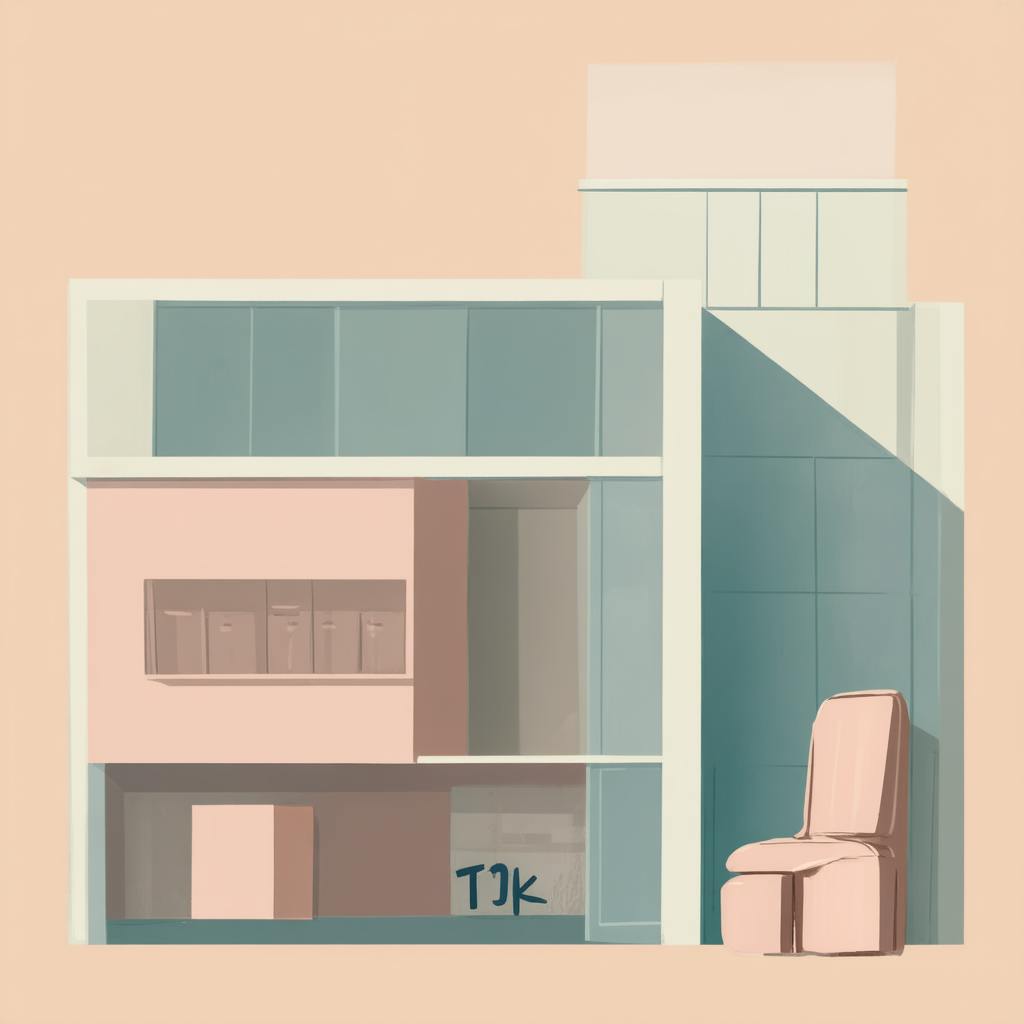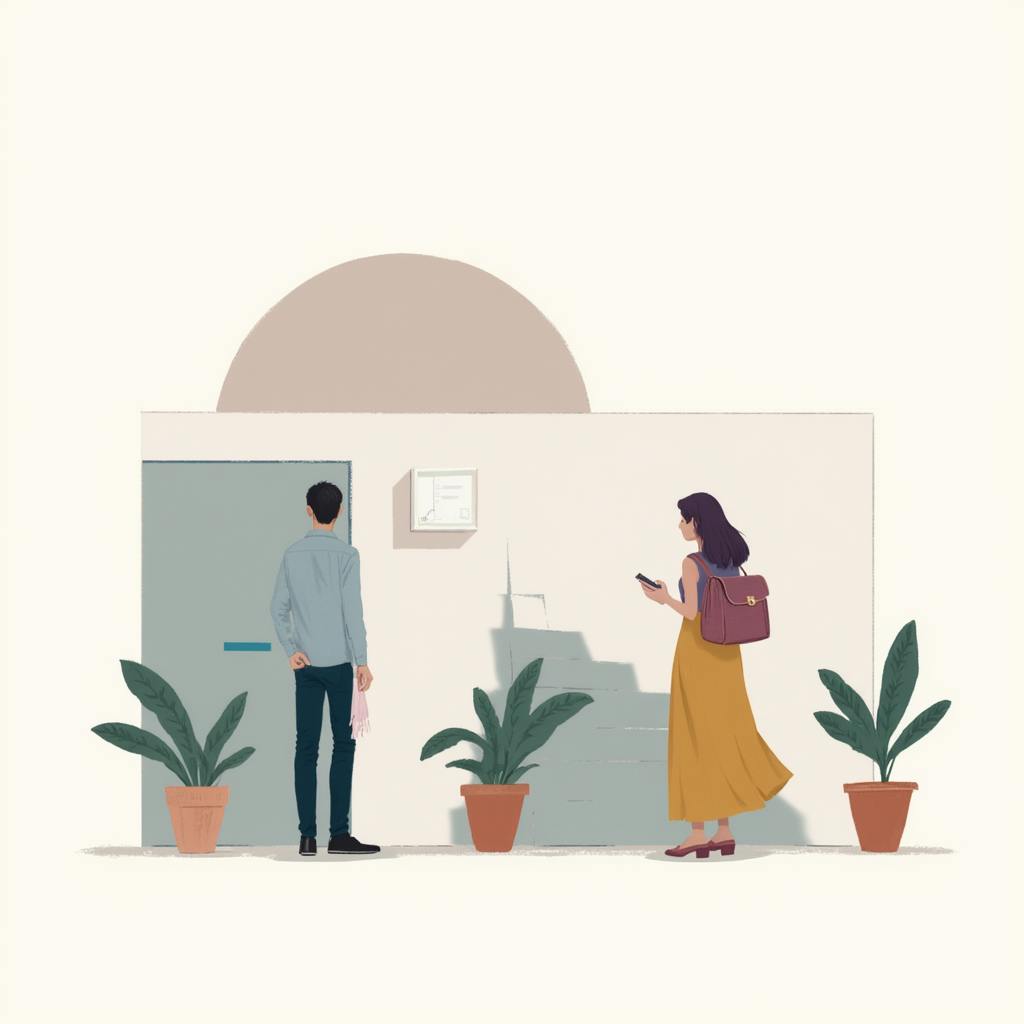Workplace architecture and design have become more crucial than ever. This multifaceted approach goes beyond aesthetics, underlining how the strategic planning and execution of office space planning, workplace interior architecture, and office environment design can significantly influence employee productivity, satisfaction, and well-being. Modern workplace architecture not only provides architectural office solutions to accommodate technological advancements and growing workforce needs but also reflects a company's culture and values.
The Role of Architecture In Workplace Design
The role of architecture in workplace design is foundational in crafting environments that balance functionality with inspiration. By integrating the principles of office space planning and workplace interior architecture, businesses can create dynamic spaces that foster collaboration and innovation. This involves a meticulous understanding of the flow of work, employee interactions, and the technological infrastructure that supports core activities.
Modern workplace architecture places great emphasis on adaptability and flexibility. In an era where hybrid work models are becoming the norm, office environment design must accommodate both remote and in-office work scenarios. Architectural office solutions are increasingly focusing on multipurpose spaces that can be easily reconfigured to suit changing needs. Moreover, incorporating elements such as natural light, ergonomic furniture, and biophilic design can enhance comfort and productivity, making employees feel valued and motivated.
Frequently asked questions in the realm of workplace architecture and design often revolve around cost-efficiency and sustainability. Businesses are keen on understanding how they can implement these design principles without exceeding budgets. The answer lies in smart office space planning, which maximizes utility and reduces wastage. Additionally, sustainable design practices, such as using eco-friendly materials and energy-efficient systems, not only cut long-term costs but also align with corporate social responsibility goals.

AI made with Dean Jones
Design and Psychology
The intersection of design and psychology can have profound impacts on the workplace environment. Thoughtful workplace interior architecture contributes to employee well-being, impacting everything from cognitive function to emotional health. Companies that invest in the architectural nuances of their spaces often see a return in the form of increased employee engagement, lower turnover rates, and a magnetic pull for talent recruitment.
Leading design firms and architectural studies consistently show that a well-designed office environment can improve productivity by up to 20%, as reported in a recent study by the World Green Building Council. Additionally, research published in the Journal of Environmental Psychology highlights the positive effects of biophilic and ergonomic design elements in mitigating stress and improving overall job satisfaction.
FAQ: Workplace Architecture and Design
Welcome to our comprehensive FAQ article dedicated to the topic of workplace architecture and design. Here, we aim to provide insightful answers and information on how architecture and design principles shape modern work environments.
How does architecture influence workplace design?
Architecture significantly influences workplace design by shaping the overall environment where employees perform their tasks. Several key aspects highlight this influence:
- Functionality and Flow: Architecture dictates the spatial arrangement within an office, impacting how areas are organized and accessed. A well-designed space promotes seamless movement and intuitively supports the tasks at hand.
- Aesthetics and Brand Identity: Architectural design influences aesthetics, aligning with a company’s brand identity. The use of materials, color schemes, and spatial design contribute to a cohesive visual experience that reflects corporate culture and values.
- Natural Elements: Integration of elements like lighting, views, and ventilation harnesses natural benefits. Architectural choices regarding window placement or the use of atriums can maximize natural light and views, fostering a healthy and stimulating work environment.
- Sustainability Considerations: Architectural design incorporates sustainable practices, such as energy-efficient systems, environmentally friendly materials, and green building certifications. These choices not only reduce environmental impact but also promote a healthier workplace.
What is the role of an architect in designing a workplace?
An architect’s role in designing a workplace is multifaceted, encompassing creativity, practicality, and collaboration:
- Needs Assessment and Research: Architects begin by assessing client needs, conducting research to understand operational requirements, work culture, and employee expectations, which inform the initial design concepts.
- Space Planning: Architects plan the effective use of space to accommodate various activities, ensuring functionality and comfort. This involves creating layouts that support both individual work and collaborative tasks.
- Design Development: Architects translate client needs into detailed designs, choosing materials, color palettes, furnishings, and technologies that align with the project’s vision while adhering to budgetary constraints.
- Technical Proficiency: An architect ensures the workplace meets all technical and regulatory standards, from structural integrity to safety codes. They coordinate with engineers, contractors, and other specialists to bring the vision to life.
- Project Management: Architects play a crucial role in the project’s execution, overseeing timelines, quality control, and adjustments during the construction phase to achieve the desired outcome.
How can workplace design impact employee productivity and satisfaction?
Workplace design profoundly influences both employee productivity and satisfaction through several channels:
- Ergonomic Design: Providing ergonomic furniture and workstations helps reduce discomfort and fatigue, consequently enhancing concentration and efficiency.
- Flexible Workspaces: Varied spaces that support different work modes—such as quiet zones, collaborative areas, and social hubs—allow employees to choose environments that best suit their tasks, boosting productivity and creativity.
- Wellness Features: Incorporating wellness elements, such as natural lighting, greenery, and spaces for relaxation, contributes to physical and mental well-being, improving overall job satisfaction and reducing stress.
- Acoustic Considerations: Effective management of acoustics, through soundproofing and strategic space layout, minimizes distractions, fostering a focused work environment.
- Cultural Reflection: A design that reflects organizational culture fosters a sense of belonging and pride, increasing employee engagement and retention.

AI made with Dean Jones
What are the latest trends in workplace architecture and design?
Workplace architecture and design are continually evolving, reflecting changes in work styles, technology, and societal expectations. Current trends include:
- Hybrid Workspaces: In response to remote work trends, offices are evolving to support hybrid models, featuring flexible layouts and technology integration to accommodate both in-office and remote employees.
- Biophilic Design: Emphasizing a connection with nature through the use of natural materials, indoor plants, and access to outdoor spaces to enhance wellness and creativity.
- Activity-Based Design: Creating tailored spaces that cater to different types of work activities, from focused tasks to collaborative brainstorming sessions.
- Sustainable Practices: Increased emphasis on sustainability, leading to eco-friendly building materials, energy-efficient systems, and designs that support environmental goals.
- Technology Integration: Incorporating advanced technology, such as smart office systems and IoT (Internet of Things) devices, to create responsive and efficient work environments.
- Diversity and Inclusion: Designing spaces that cater to diverse needs and abilities, fostering an inclusive workplace culture where all employees feel welcome and valued.
We hope this FAQ has provided valuable insights into workplace architecture and design. If you have further questions or need assistance with a specific project, please reach out to a professional architect or design consultant.
Conclusion
In conclusion, the critical role of architecture in workplace design extends beyond creating appealing spaces. It's about crafting environments that enhance efficiency, promote well-being, and foster a positive corporate culture. As businesses continue to navigate the demands of modern work settings, the principles of workplace architecture and design will remain pivotal in shaping workplaces that are not only responsive to the present but also resilient in the face of future challenges. Through strategic office space planning, embracing workplace interior architecture innovations, and employing sustainable office environment designs, companies can ensure their workplaces are both functional and inspiring.

